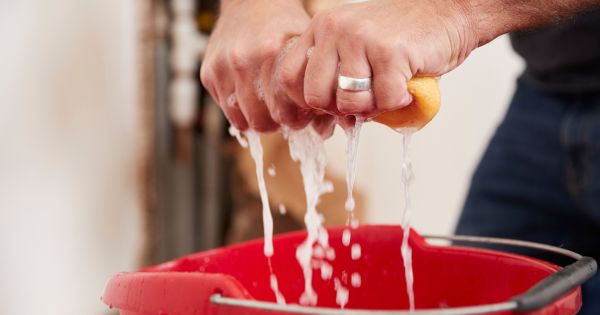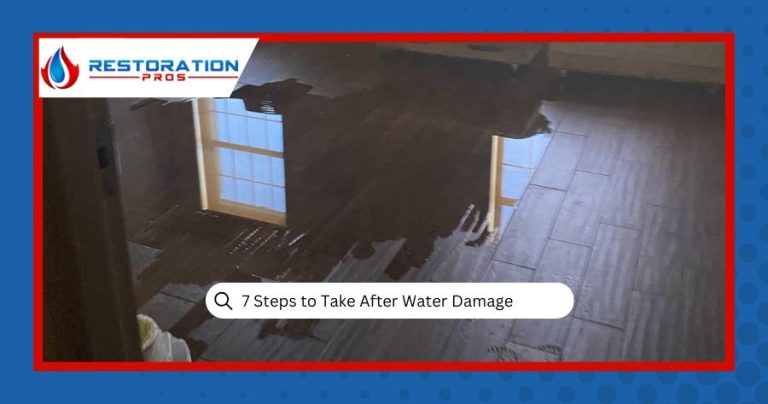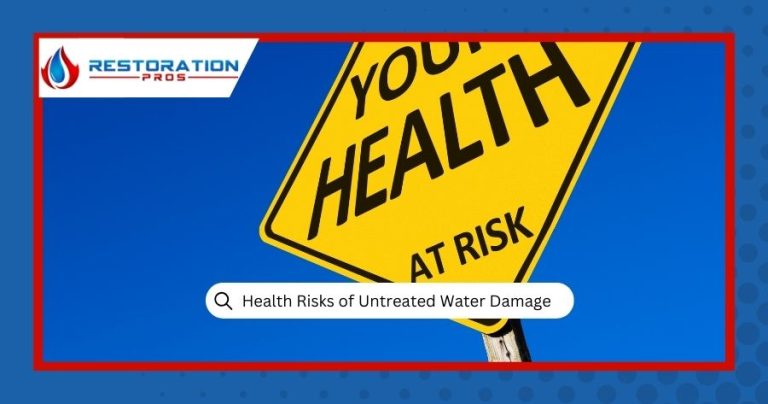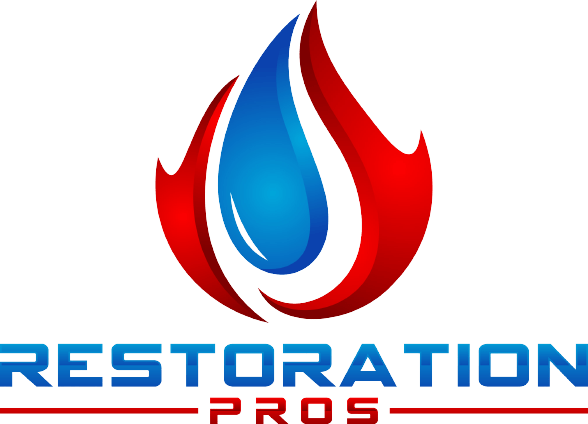Table of Contents
ToggleThe threat of water damage can be a real concern for homeowners. From hidden leaks to sudden floods, water damage can severely affect your home if left unnoticed or untreated. In this blog post, we’ll dive into the signs of water damage, its causes, how to identify it, and key prevention tips to safeguard your home and belongings. Plus, we have a recommendation for you if you are experiencing water damage Long Island.
How Does Water Damage Your Home?
Water damage can affect different areas of your home, including walls, ceilings, flooring, and even furniture. When water seeps into these spaces, it can lead to rot, mold growth, structural issues, and other costly damages.
What Are Typical Causes of Water Damage?
Understanding the causes of water damage is key to preventing it. Here are some of the most typical ways water damage can happen:
- Plumbing leaks: Burst pipes or leaking faucets can lead to water damage if not quickly tackled.
- Roof leaks: Damaged shingles, clogged gutters, or deteriorating flashing can allow water to seep into your home.
- Flooding: Heavy rains, storms, or improper drainage systems can result in flooding, causing extensive water damage.
- Poor ventilation: Areas with high humidity levels, such as bathrooms or basements, are prone to mold growth and water damage if not properly ventilated.
- Appliance malfunctions: Malfunctioning appliances such as washing machines, dishwashers, water heaters, and refrigerators can leak water if their hoses, seals, or internal components fail.
- Foundation cracks: Cracks in your home’s foundation can allow water to seep into your basement or crawl space, leading to water damage over time.
- Sewer backups: Blocked or damaged sewer lines can cause sewage to back up into your home, which results in extensive water damage and sanitation issues.
- HVAC issues: Problems with your heating, ventilation, and air conditioning (HVAC) system, such as leaking ducts or clogged condensate drains, can lead to water damage if not tackled on time.
How to Tell if You Have Water Damage?
Detection of early signs of water damage is important in minimizing its impact. Here’s how to identify signs of water damage in different areas of your home:
Walls
If you’ve been wondering: What does water damage look like on walls?; look for these signs of water damage:
- Water stains: Discolored patches or streaks on your walls indicate water seepage.
- Discoloration: Changes in paint color or wallpaper can signal underlying moisture issues.
- Peeling paint or wallpaper: Moisture can cause paint or wallpaper to bubble, peel, or warp.
- Musty odor: A persistent musty smell could indicate hidden moisture within the walls, often caused by water damage.
- Soft or damp spots: Press gently on your walls to detect any areas that feel unusually soft or damp, as these could indicate moisture saturation.
Ceiling
Inspect your ceiling for these signs of water damage:
- Water spots: Dark spots or stains on the ceiling are clear signs of water leakage.
- Sagging: A drooping or sagging ceiling may suggest water has pooled above it, weakening the structure.
- Cracks: Cracks in the ceiling may develop as a result of water damage, signaling structural issues.
- Peeling paint: Moisture can cause paint on the ceiling to blister, crack, or peel.
- Mold growth: Check for any signs of mold or mildew forming on the ceiling, especially in areas where moisture is prevalent.
Flooring
Check your flooring for these signs of water damage:
- Buckling: Warped or buckled flooring, especially in wood or laminate, is a common sign of water damage.
- Warping: Boards or tiles that appear warped or raised may indicate moisture underneath.
- Staining: Discoloration or stains on flooring materials could be evidence of water seepage.
- Spongy feel: A soft, spongy feel underfoot suggests moisture has penetrated the flooring material, compromising its integrity.
- Foul smell: Pay attention to any unusual or foul smells spreading from your flooring, as this could indicate mold or mildew growth beneath the surface.
Furniture
Examine your furniture for these signs of water damage:
- Mold or mildew: Upholstered furniture may develop mold or mildew if exposed to prolonged moisture.
- Swelling: Wooden furniture can swell, warp, or crack when affected by water damage.
- Staining: Look for any discoloration or water marks (black and white) on furniture surfaces, as these may indicate water damage.
- Musty smell: Similar to walls, a persistent musty smell spreading from furniture could suggest hidden moisture and potential water damage.
- Deterioration: Check for any signs of deterioration, such as flaking or peeling finishes, which could be attributed to water damage over time.
Hidden Signs of Water Damage in Your House
Water damage isn’t always obvious at first glance. Some of the most concerning signs may be hidden from plain sight, potentially causing extensive damage. Keep an eye out for these subtle indicators of water damage lurking beneath the surface:
- Increased utility bills: A sudden and unexplained rise in your water or energy bills could indicate hidden leaks in your plumbing system, leading to water damage behind walls or under floors.
- High humidity levels: Excessively high humidity levels in areas like basements or bathrooms, can indicate moisture issues that could lead to hidden water damage if left untackled.
- Condensation buildup: Excessive condensation on windows, walls, or pipes may indicate high moisture levels in your home, potentially leading to hidden water damage if not properly ventilated or tackled.
Read About – Water Damage Categories
Prevention Tips
Preventing water damage starts with proactive measures:
- Regular maintenance: Inspect your plumbing, roof, and appliances regularly for leaks or damage.
- Proper insulation: Ensure your home is properly insulated to prevent pipes from freezing and bursting during cold weather.
- Drainage maintenance: Keep gutters clean and ensure proper drainage away from your home’s foundation.
- Seal cracks and gaps: Seal any cracks or gaps in your home’s exterior to prevent water seepage.
- Install a sump pump: Think about installing a sump pump in your basement to prevent flooding during heavy rainfall.
- Consult FEMA for additional tips: For detailed guidance on disaster preparedness and mitigation strategies, including protecting your home from water damage, consult resources provided by FEMA.
By staying alert and tackling potential issues on time, you can protect your home from the devastating effects of water damage. Remember, prevention is always better than restoration.
Contact Restoration Pros NY for Professional Water Damage Tips and Help
For professional water damage restoration services, turn to Restoration Pros NY. Our experienced team offers fast response, thorough assessments, and state-of-the-art equipment to extract water, dry affected areas, and restore your home to its pre-damage condition. Don’t wait, contact Restoration Pros NY today to tackle water damage issues in your home in no time. Give us a call at (631) 478-3672 or fill out an online form on our website.








